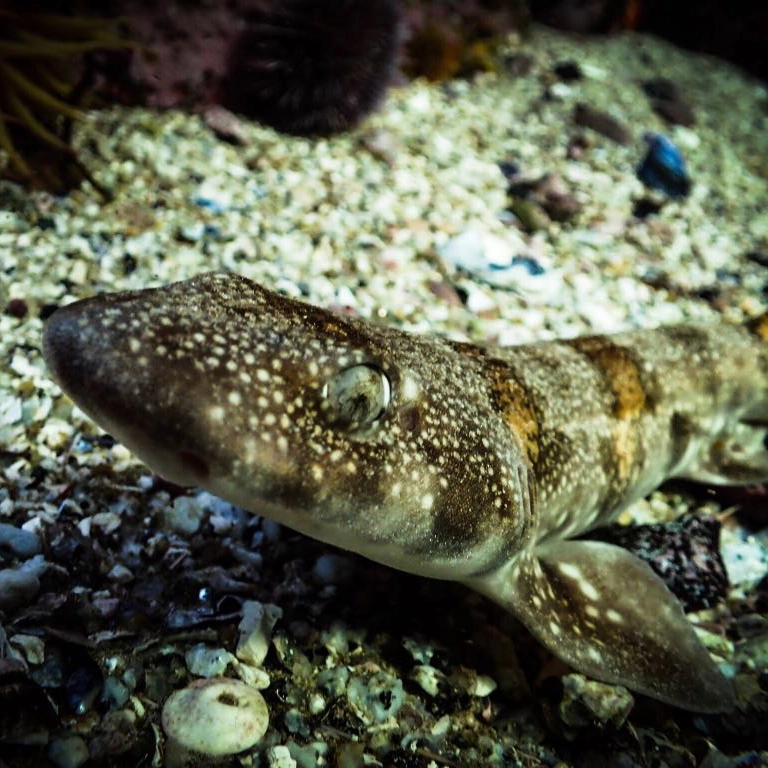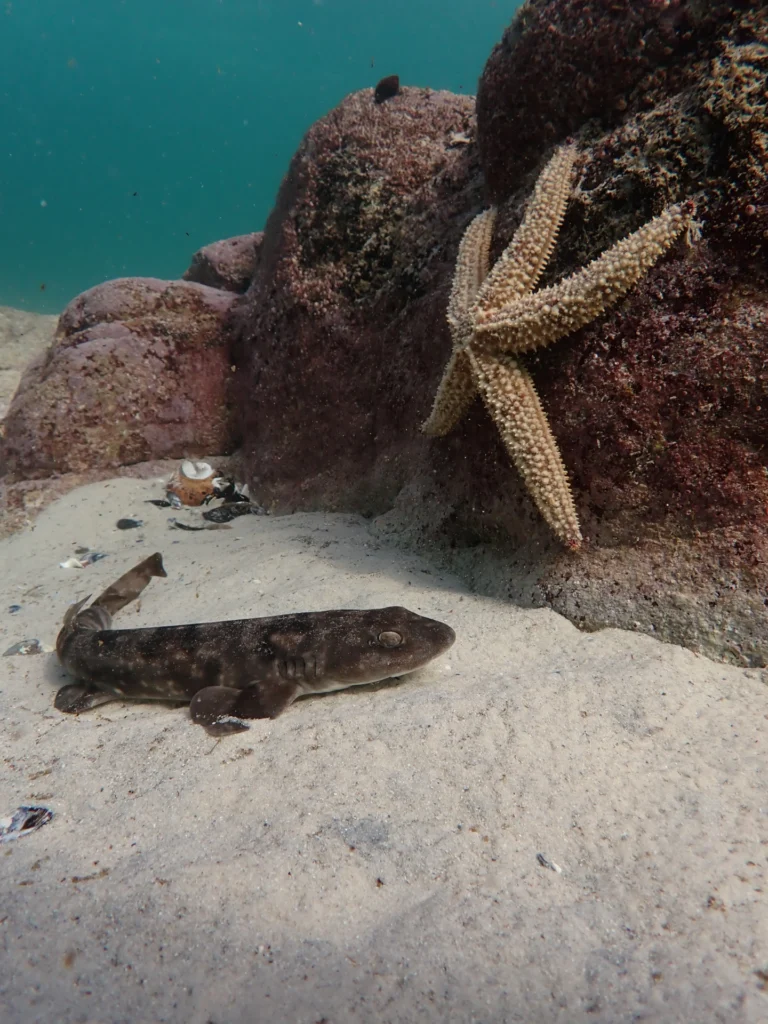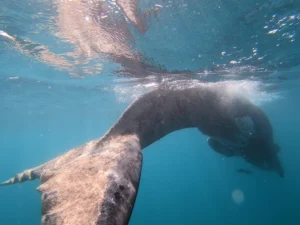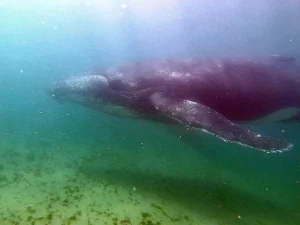The largest family of sharks, known as Scyliorhinidae, consists of over 17 genera and approximately 150 species. This group comprises species commonly known as shysharks; small to medium-sized elasmobranchs that are widely distributed in temperate waters across the world’s oceans. Despite their classification as sharks, these enigmatic creatures are harmless to humans, and characterised by their reclusive behaviour and cryptic habitat selection.
Shysharks exhibit a strong preference for benthic ecosystems, often found in rocky reefs, kelp forests, and sandy or muddy substrates along continental shelves and inshore habitats. Their cryptic nature allows them to thrive in these habitats, where they can seek refuge among crevices, and within underwater vegetation. As their name suggests, these timid creatures retreat when approached by potential threats, with some species even rolling up into a ball as a defence mechanism. Shysharks are predated upon by larger sharks, and marine mammals such as seals.

As opportunistic predators, shysharks have a varied diet that includes bony fishes, crustaceans, cephalopods, and other small prey items. Their feeding habits are adapted to their benthic lifestyle, where they rely on ambush tactics to capture prey. With sharp teeth and powerful jaws, shysharks are effective hunters.
Reproductive strategies within the Scyliorhinidae family are primarily oviparous, as 90% of shysharks species lay eggs rather than giving birth to live young. The spindle-shaped egg cases are known as a “mermaids purse,” and are attached to reef structures with long tendrils. After hatching, shysharks are entirely independent, resembling miniature adults. The hatching time varies, ranging from less than a month to more than a year.
The conservation status of shysharks varies among species, with some facing more significant threats than others. Several overarching factors contribute to their vulnerability, including habitat degradation, overfishing, bycatch in commercial fisheries, and habitat loss due to human activities such as bottom trawling. Some shyshark species are listed as threatened on the IUCN Red List, highlighting the need for conservation attention.

The establishment of Marine Protected Areas (MPAs) contributes to the conservation of many marine species, including shysharks. These areas are established with the aim to mitigate the impact of overfishing and habitat destruction by providing safe havens where these activities are highly regulated or entirely restricted. Additionally, promoting responsible fishing practices and raising awareness about the importance of conserving shysharks are crucial steps toward their preservation.
Despite their size and reclusive nature, shysharks are important components of oceanic ecosystems, largely contributing to regulating the habitats in which they are found. Through effective conservation measures, shysharks can continue to thrive in the world’s oceans, serving as important predators within their environments. Further research into the diverse species within this family will serve to deepen understanding of their unique ecological roles and conservation needs.



